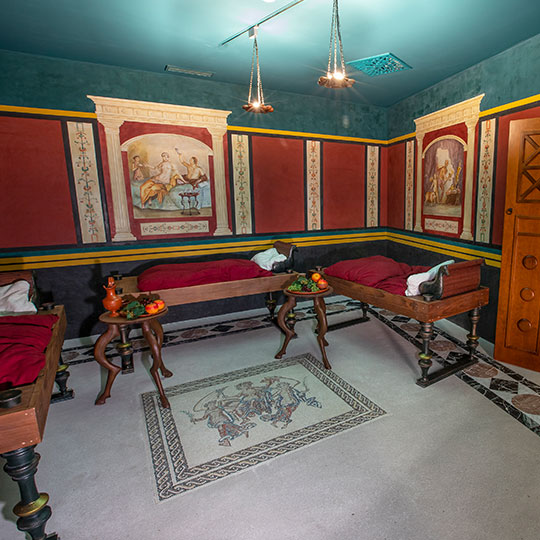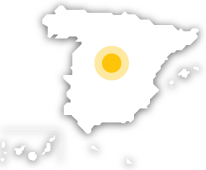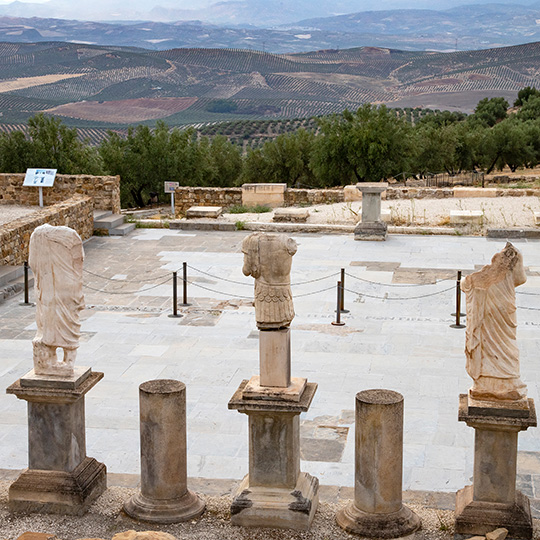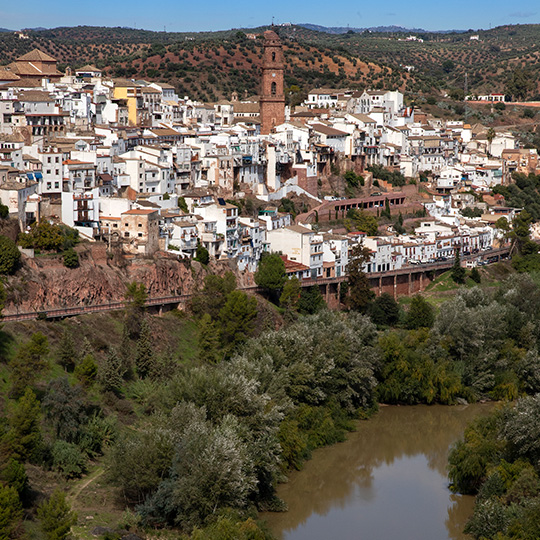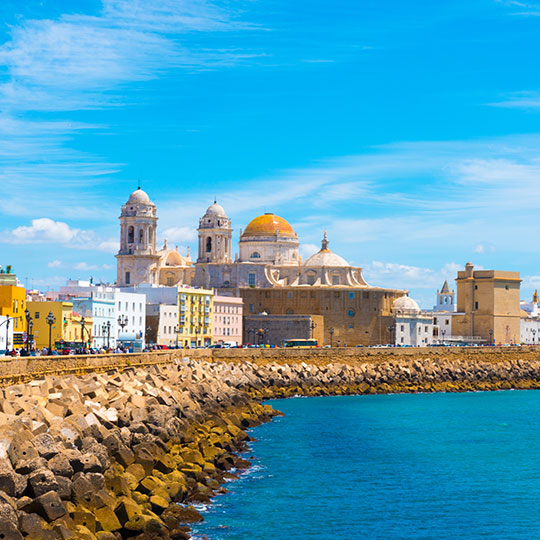Marvel at the legacy of the Roman Empire in the Seville region
The city of Carmona is home to an exciting Roman archaeological heritage. Julius Caesar referred to it as “the strongest city in Baetica”. The Alcázar de la Puerta de Sevilla forms an almost unbreakable defensive complex. A signposted route allows you to discover the whole history of the fortification and access corners such as the Torre del Oro (Gold Tower), where you can get a fabulous panoramic view of the city. Écija, meanwhile, preserves an important legacy of religious architecture from the imperial period. The Municipal History Museum is housed in the Palacio de Benamejí, a jewel of Spanish Baroque civil architecture. It displays mosaics, sculptures, capitals and collections of inscriptions from Roman times. In the courtyard of the Church of Santa María, you will also be captivated by the Parish Museum, with a large exhibition of prehistoric, Roman and Arab artifacts.
